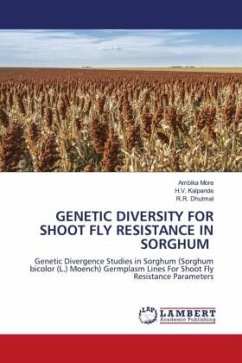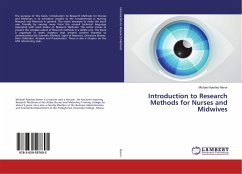About 150 insect species have been recorded in sorghum out of which 31 species are economically important. Out of these species, Shoot fly (Atherigona soccata Rond.) assumed the most important pest. The losses due to this pest have been estimated to reach as high as 86 per cent of grain and 46 per cent of fodder yield. Host plant resistance combined with timely sowing is the most realistic approach to minimize grain and store yield losses due to insect pests. Present study was carried out on a diverse array of 116 sorghum genotypes to identify resistant sources and plant characteristics influencing resistance/susceptibility to shoot fly (Atherigona soccata). The characters deadheart percent, trichome density, leaf glossiness, seedling vigour, leaf wetness, Plumule and leaf sheath pigmentation, chlorophyll content exhibiting positive and significant correlation with grain yield per plant may be considered as the most important resistance traits to shoot fly.








